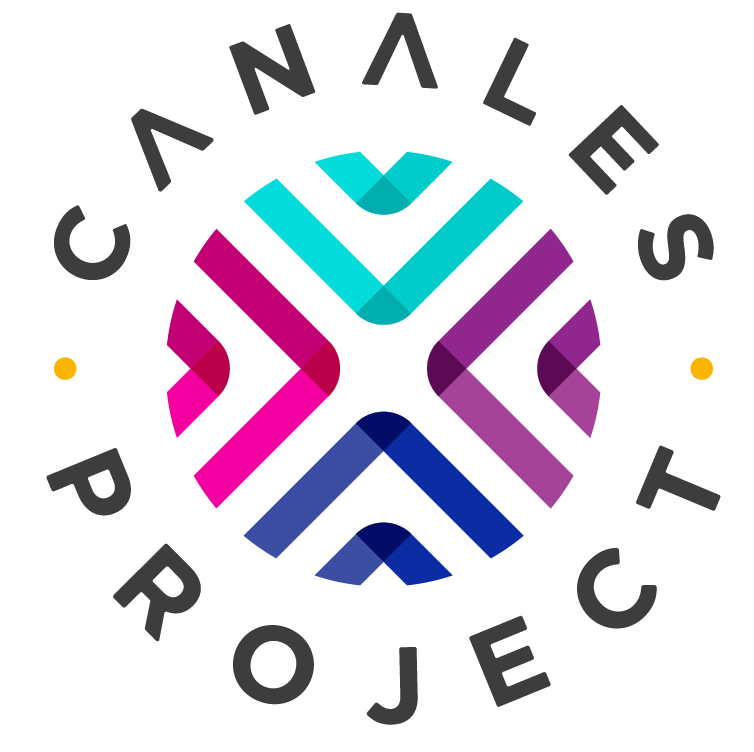Previous Project
Between Two Worlds
A Journey from “the Other” to “the All” in Music and Conversation
A series of concert programs in which issues of culture and identity were explored in songs, music, and interaction with artists who understand and have lived those issues. These concerts not only offer great music from many traditions, they also include conversations between the artists and the audience in which key questions were explored.
The host, Carla Canales, founder and director of The Canales Project, was the creator and presenter of these events. She was joined by two-three artists from different genres, as well as an accompanying pianist. Together they used music to explore the theme in question and then through conversation will engage the audience in a unique, interactive event that combines storytelling with world-class musical performances.
Partnerships
Between Two Worlds was presented by The Canales Project in partnership with Carnegie Hall’s Weill Institute Neighborhood Concert Series (Nov. 10, 2016 & Apr. 22, 2017), New York Live Arts (Dec. 4, 2016 & May 21, 2017), and the National Gallery of Art in Oct. 8, 2017.
The name Between Two Worlds is taken from the autobiography of U.S. Supreme Court Justice Sonia Sotomayor, My Beloved World. She refers to a question posed to her by students interested in her life, her Latina heritage and her rise in the American judiciary system. They asked “What is like to live between two worlds?” It is a question that many are now asking and one that The Canales Project and our partners will be working with them to understand and answer.
Concept
The rising generation in America is called “The Plurals” because so many of them speak multiple languages, come from diverse backgrounds. Today’s young children are the first generation in American history in which groups once considered minorities—Latinos, Asians and African Americans—together comprise the majority.
Meanwhile migration, global refugee flows and tensions between East and West and North and South are bringing cultural issues—and tensions—to the fore.
The result is that the new majority among America’s young are feeling the pressures of being seen as “the other” in their own country. Questions of their identity, their role in society, and their futures and those of their families weigh heavily on them.
Yet their diversity should be seen as an enormous opportunity for America, a chance to build on a tradition of embracing diversity. The ability of many in this group to understand and operate in multiple cultures should not be seen as a burden but rather as an opportunity, a kind of super power this new generation possesses.
Further, what sets them apart also can help bring them together. Their heritage, the fact that all of us or our ancestors have faced similar challenges, the ties between different cultures can help this new generation make the journey from “the other” to the “all.”

